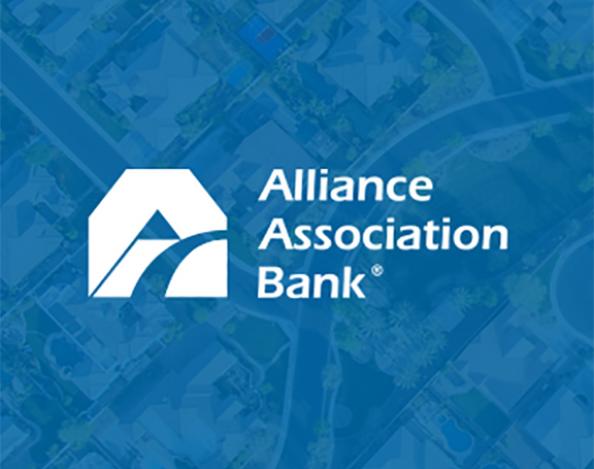Preparing to Borrow for Major Projects: What Association Management Companies Should Know
In the rapidly growing community management space, association managers are responsible for a wide range of projects to maintain and improve the communities they serve. From routine maintenance to large-scale initiatives aimed at enhancing property values and resident satisfaction, each project needs a financial plan as well as a logistical one.
Budgeting for community associations requires a blend of day-to-day planning and long-term preparation. Regular homeowner fees typically cover routine maintenance and other essential operational costs, while reserves can be a healthy backstop for future project expenses. Larger-scale improvements, repairs, or capital maintenance may look daunting, and may or may not have been planned for or outlined in a capital maintenance plan or reserve study. When facing larger-ticket items (either expected or unexpected), financing may be an essential tool to keep the community on the right track.
How do you know what projects can be financed and what a bank wants to know before it extends a loan? Read on to find out.
What projects can a loan finance?
Examples of projects that can typically be financed with a loan include:
- Exterior repairs such as façade restoration, siding and masonry work
- Roof repair and replacement
- Risers and chillers
- Window replacements
- Balconies and decks
- Elevators
- Boilers
- Asphalt
What approval criteria does a bank consider?
Most banks evaluate several criteria when considering if an association loan is feasible for any given community. Some of these include:
- Delinquencies. In a healthy community, homeowners are current on their HOA fees. To qualify for a loan, no more than 10% of the community’s units can have delinquencies of assessments and any current special assessments older than 60 days. This does not include items like fees, fines, or other non-assessment related charges.
- Balance sheet. The HOA will have a minimum of 20% of its regular annual assessments on its balance sheet as cash This includes operating, reserves, time deposits, and any other ancillary cash funds.
- Community size. It can be trickier for small communities to repay loans. Alliance Association Bank requires a minimum of 25 units for project financing.
- Loan amount. Most lenders will enforce a minimum loan amount of $100,000 or more.
- Owner mix. For a community to qualify for a loan, at least 60% of the units should be owner-occupied, with less than 10% owned by one entity or person. In newer communities, developers commonly still own units. In these cases, there are ways to carve out developer units so that an association can still qualify for financing.
Alliance Association Bank is devoted exclusively to the rapidly growing HOA and community association industry. Our team partners with community management companies nationwide to provide industry-leading banking and technology solutions. You’ll work with lending and banking relationship managers who specialize in association lending. To learn how we can assist you, connect with one of our experienced bankers today.
Alliance Association Bank
Alliance Association Bank, a division of Western Alliance Bank, Member FDIC, delivers a tailored suite of deposit, financing and technology solutions designed for community management companies and homeowner associations nationwide. The bank’s relationship officers provide a broad spectrum of innovative and customized solutions to help community associations succeed, all with a high level of expertise and responsiveness. Alliance Association Bank is part of Western Alliance Bancorporation, which has more than $80 billion in assets. Major accolades include being ranked as a top U.S. bank in 2024 by American Banker and Bank Director. With significant national capabilities, Alliance Association Bank delivers the reach, resources and deep industry knowledge that make a difference for customers.

All offers of credit are subject to credit approval, satisfactory legal documentation, and regulatory compliance. Borrowers are responsible for any appraisal and environmental fees plus customary closing costs, including title, escrow, documentation fees and may be responsible for any bank fees including bridge loan, construction loan, and packaging fees.